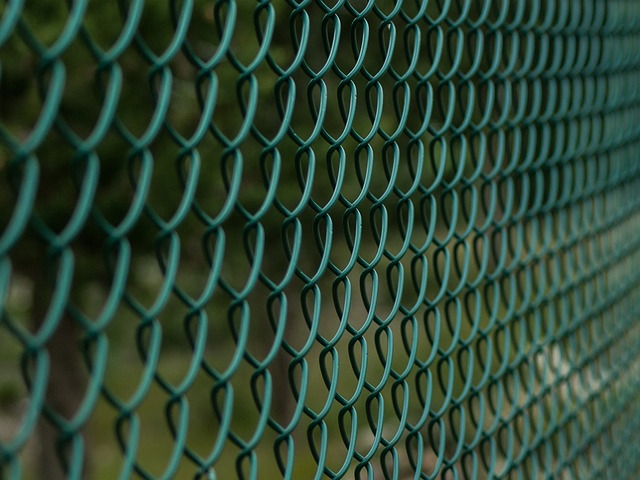For New Bedford, Massachusetts homeowners looking to enhance their outdoor spaces, installing a fence is a significant project. This comprehensive guide offers invaluable insights into the DIY fence installation process, tailored to the unique considerations of New Bedford yards. From understanding local fencing options to mastering safety protocols, you’ll navigate every step with confidence. Whether aiming for a traditional wood fence or exploring contemporary alternatives, these tips ensure your project’s success and longevity.
- Understanding Your Fence Options for New Bedford Yards
- Measuring and Planning Your DIY Fence Project
- Step-by-Step Guide to Installing a Basic Wood Fence
- Tips for Maintenance and Safety After Installation
Understanding Your Fence Options for New Bedford Yards
When considering DIY fence installation, New Bedford homeowners have a variety of options to choose from based on their yard’s unique features and personal preferences. Wood remains a popular choice for its classic aesthetic appeal and relative affordability. However, metal fences offer durability and low maintenance, while vinyl fencing is known for its versatility in styles and colors, providing an attractive option that requires minimal upkeep. Before starting the installation process, evaluate your property to determine the most suitable fence type—considering factors such as climate, sunlight exposure, nearby vegetation, and desired privacy levels. Each material has its advantages and should align with your specific needs and preferences to ensure a successful DIY project.
Measuring and Planning Your DIY Fence Project
Before you start building your fence, take time to measure and plan your project carefully. Begin by sketching a rough layout of your desired fence line on paper or use measuring tools to determine the exact perimeter. Consider factors like property lines, existing structures, and any trees or shrubs that might interfere with the fence’s placement. Once you have a clear understanding of the dimensions, create a detailed plan, including the type of fence (wooden, vinyl, chain-link), its style (privacy, decorative), and any specific features (gates, posts). This planning stage will save you time and ensure your DIY fence installation goes smoothly.
Additionally, check local building codes and regulations to understand any restrictions or requirements for fence construction in New Bedford, Massachusetts. Obtain necessary permits before gathering materials and tools to ensure compliance with local laws.
Step-by-Step Guide to Installing a Basic Wood Fence
Installing a basic wood fence is a manageable DIY project for New Bedford homeowners with some basic tools and materials. Here’s a step-by-step guide to help you get started. Begin by measuring the perimeter of your desired fence line, purchasing posts, rails, and pickets based on these measurements. Clear the ground along the intended path, ensuring there are no obstructions like roots or rocks that could disrupt the fence’s alignment. Dig holes for each post, making them deep enough to provide sturdy support—typically around 3 feet into the ground. Use concrete to secure each post firmly in place, allowing it to dry completely before proceeding. Once the posts are set, attach horizontal rails to create a framework. Then, nail or screw pickets (the wooden panels) to the rails, leaving a small gap between each picket for drainage and airflow.
Tips for Maintenance and Safety After Installation
After successfully installing your new fence, proper maintenance and safety measures become crucial to ensure its longevity and protect your property. Regular cleaning is essential; brush off dirt and debris, and consider power-washing for a deeper clean. Inspect the fence periodically for any signs of damage or wear and tear, addressing issues promptly to prevent further complications.
Safety should never be overlooked. Ensure all parts of the fence are securely fastened and that gates and fences are properly latched. Keep an eye on nearby trees and branches that could potentially cause damage during storms; trim them regularly. Additionally, mark the perimeter of your property with the fence to avoid any legal issues and clearly define your space.
